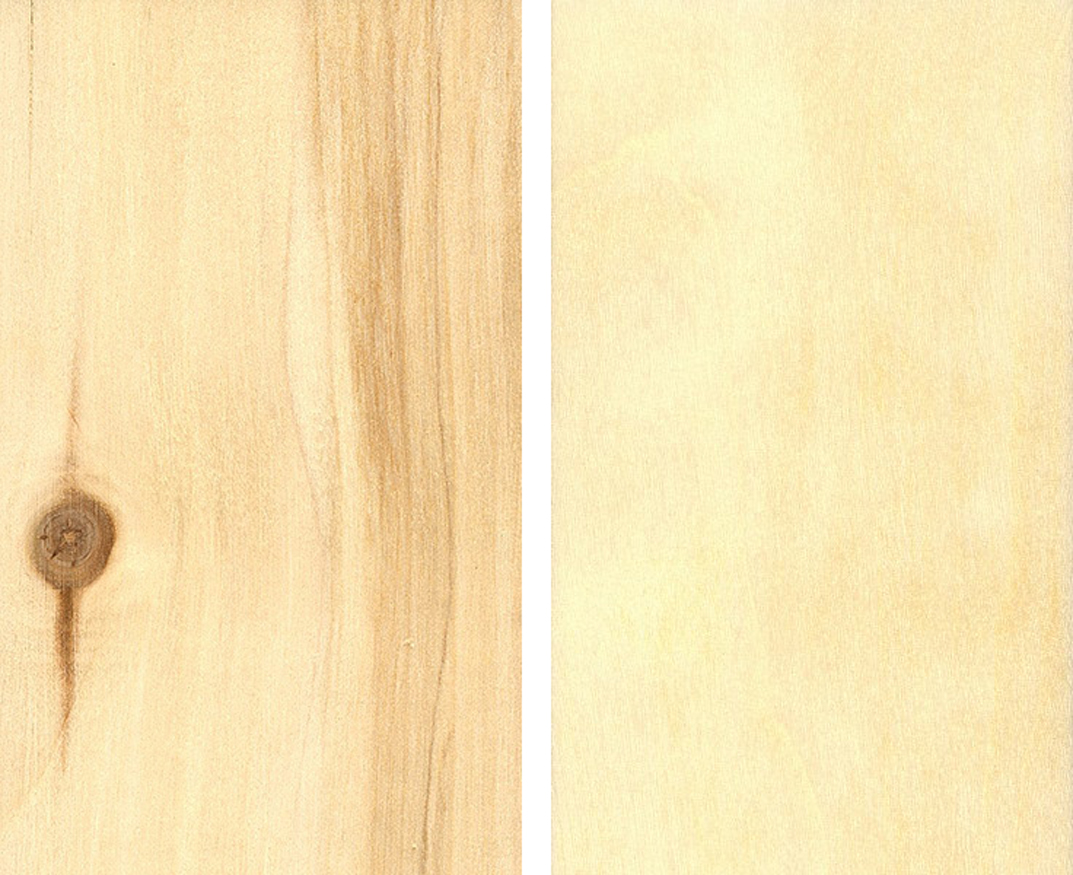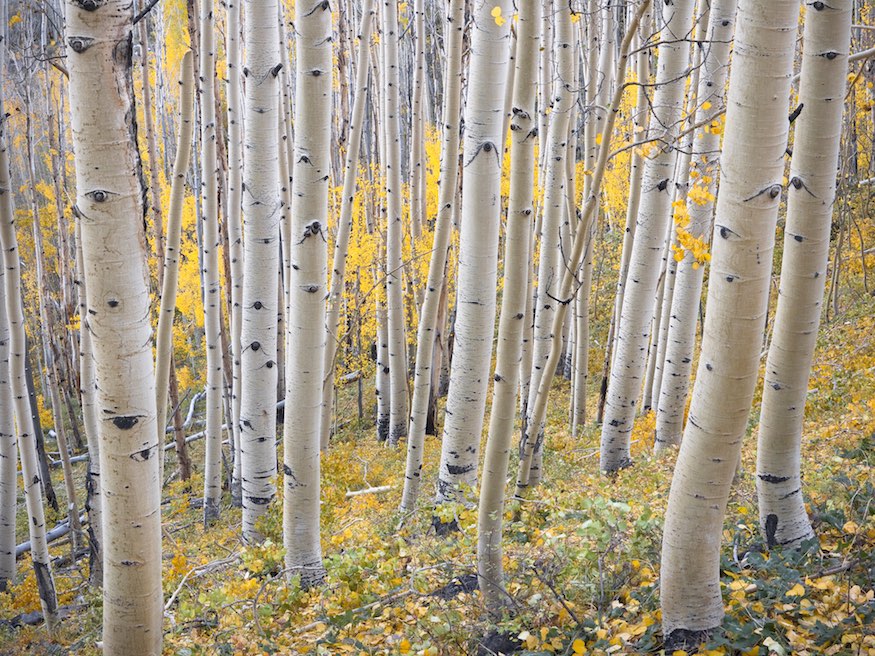What is Aspen?
Aspen is a common name for several species of trees, most of which belong to the Populus class. This includes Chinese Aspen, Korean Aspen, Eurasian Aspen, and also those that are native to North America – Bigtooth and Quaking Aspen.
Aspens are native to the Northern Hemisphere and can also be found into the Southern Hemisphere within the mountains or other high altitude areas. Growing to 60 feet tall, Aspens are considered a medium sized deciduous tree. Aspens prefer the habitat that it intermingled with coniferous trees and have evolved to ensure their survival in such conditions.
The trees often grow in large “clonal colonies” that can be derived from only one seed. This means they are very good at multiplying via root suckers. Aspen is a lighter color softwood, and is exceptionally strong. The heartwood is typically a light brown color, while the sapwood is often pale yellow to white. Its grain is straight with a medium and uniform texture.

Why Choose Aspen
Aspen propogates and grows rapidly, which is one of the reasons it is a commonly harvested and widely available domestic product. Aspen lumber is typically available at a modest price and is a stable wood that wears without splintering. Aspen makes an excellent substitute for basswood in carving, due to its soft, workable characteristics.
When stained, it also resembles maple or birch and is great way to get the look of a more expensive wood at an economically friendly price.
Aspen has unique crotches that have mottled figuring with streaks of red, orange, and yellow. This particular wood is usually used in wood paneling and custom cabinetry. Some of the other common uses for aspen are boxes and crates, veneer, plywood, toothpicks, paper pulp, paneling, and millwork.

It is even the meal of choice for beavers and grouse! While beavers prefer the bark of the tree, grouse love teeny seeds. The seeds are so small that it takes nearly 2 million to make a pound.
Aspen in Woodworking
Easy to work with hand and machine tools, though sharp cutters are necessary when planing to avoid fuzzy surfaces, (subsequent fine-sanding may be necessary to obtain a smooth surface). Does not split easily, and has poor nail-holding capability. Wood has a tendency to warp and distort during drying, but it glues and finishes well.
Like the look? Contact us to get started on your own custom woodworking project using Aspen.